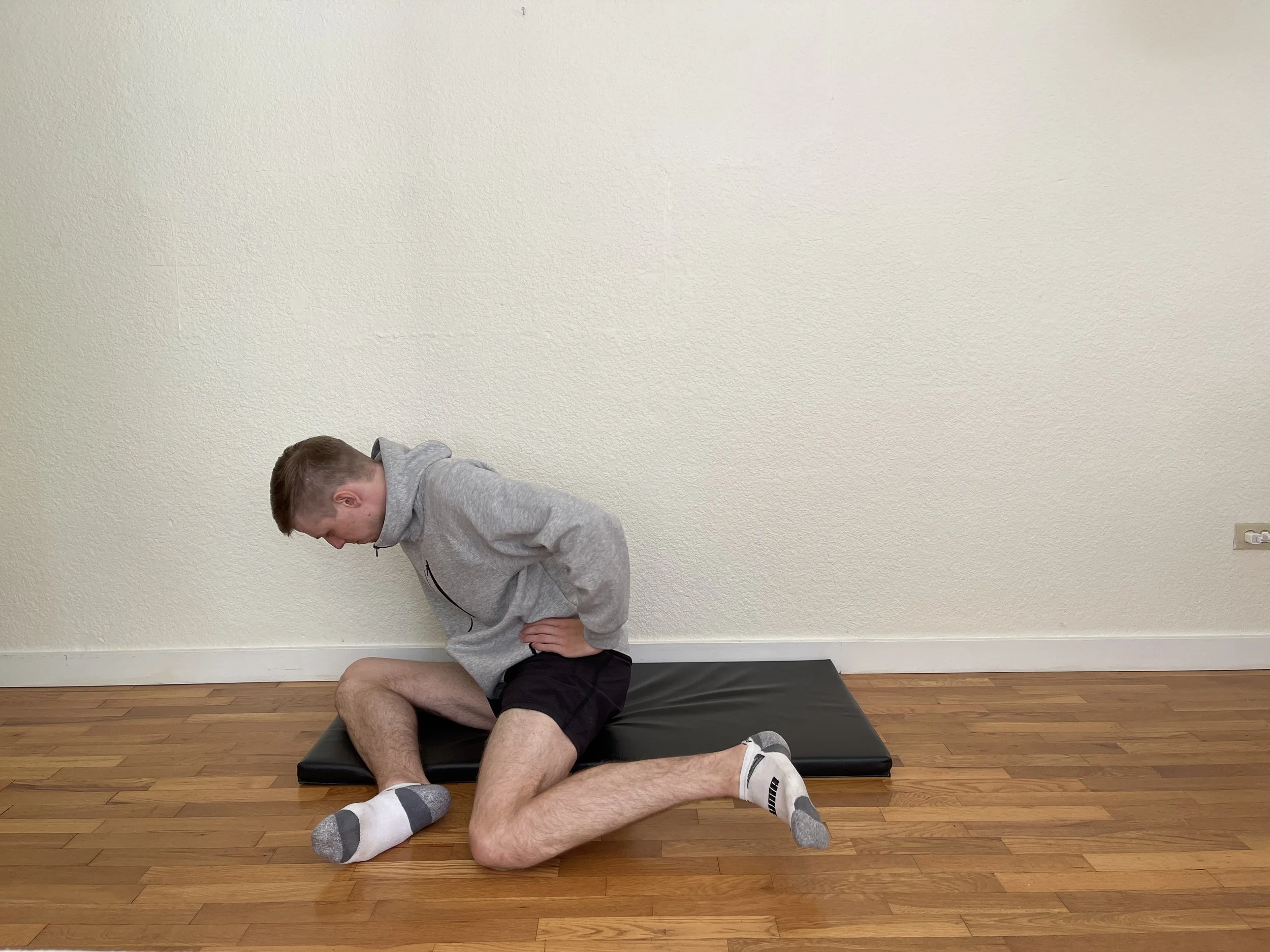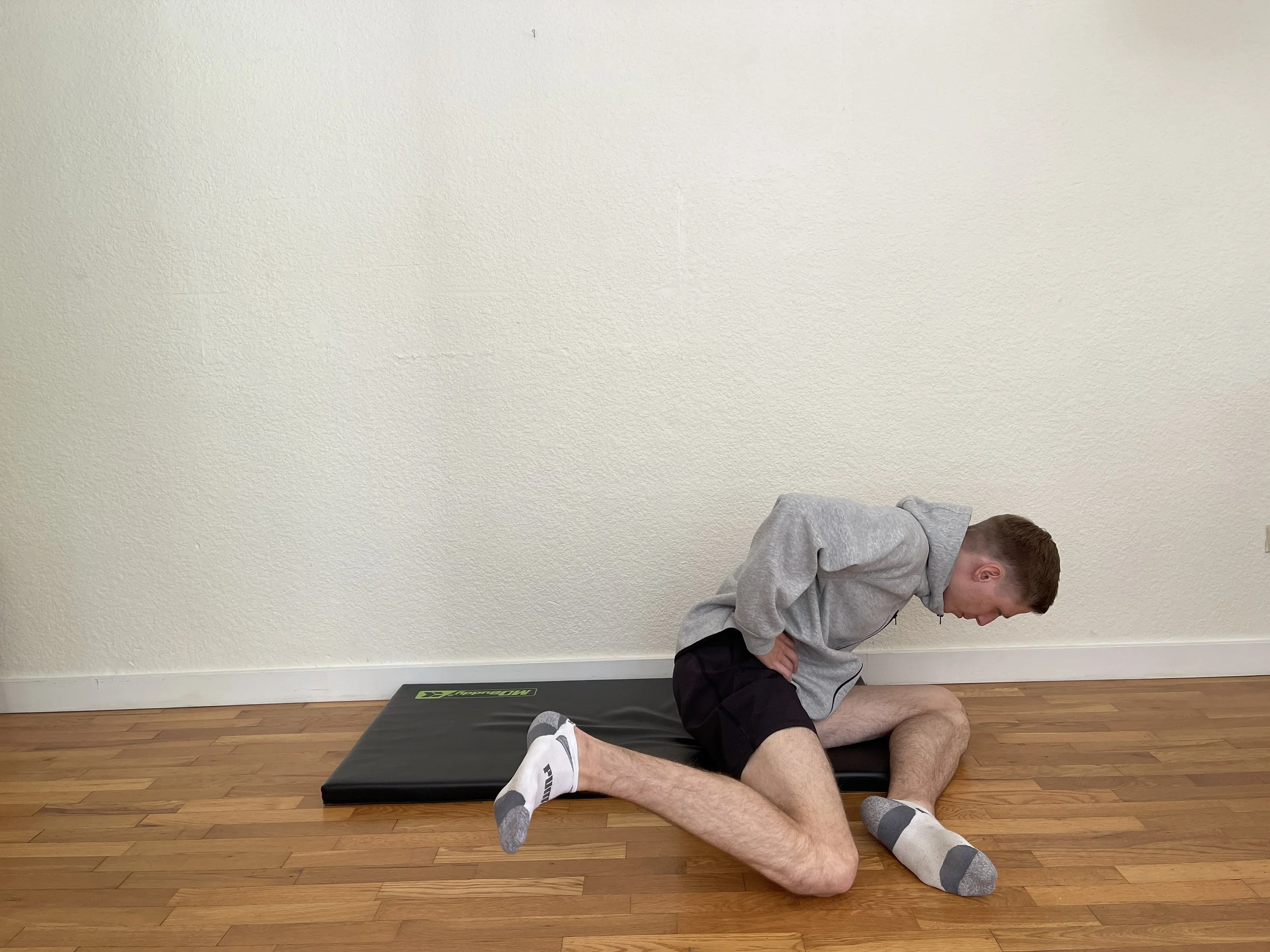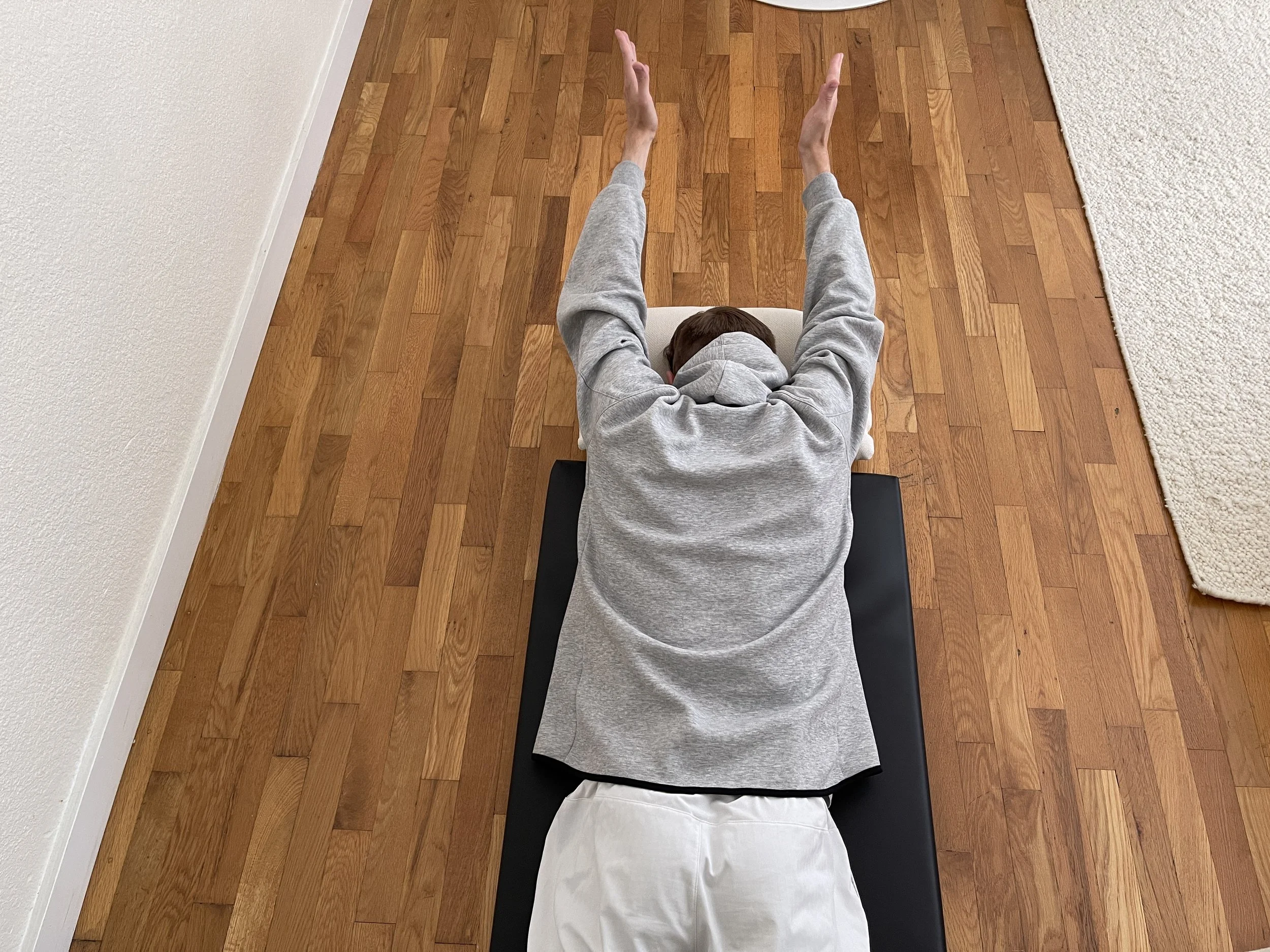perfect posture doesn’t exist
Here’s what to do about it.
Bad posture doesn’t exist. I know, it’s hard to believe. While there are bad habits, no single one posture is going to kill you. As a kinesiologist who spent several years working at a chiropractic clinic, I always get asked what the magic posture is for pain relief and endurance. “If I find one, I’ll be sure to let you know”, I amusingly reply. The reality is each of our journeys to finding healthy postural habits will look different. There is, however, one thing that everyone who leads a pain-free life seems to do right.
The key is in how often you are willing to change your position throughout the day. It’s about moving more.
While this may sound like an oversimplification, it’s the truth. Your best posture is your next posture. Movement is medicine. Yes, these lines may sound cliché, but they’re the very gateway to building a robust frame that can handle anything that life throws at you.
Here’s how to get you there.
We’re going to break this topic up into three sections: myth-busting, lifestyle habits, and strength exercises. Each one will build upon the last and provide you will all the information you need to understand what it takes to build the best postural habits based on your body and lifestyle.
Before we dive in, please be aware that if you have a history of musculoskeletal injuries or chronic conditions that may complicate the application of physical activity, you should visit a trusted health provider before following any of the advice below. Doing your due diligence will not only protect you from harm, but it can expedite the whole process as you make it as relevant to you as possible.
Now with that out of the way, let’s dive in!
1) Myth Busting
Sitting upright all day is less healthy than you think. If you work a 9–5 or spend a considerable amount of time in front of a computer, sitting with ‘perfect posture’ will do much more harm than good. Research now shows it’s far more efficient from an energetic output standpoint to slouch a little. While you don’t want to be locked into the same slouched posture all day, it’s completely fine to be a little lazy with it as long as your environment is set up properly and you change positions frequently.
The ‘perfect posture’ does damage to your back. If your goal is to sit as upright as possible for hours on end, it’s much harder to get proper discal fluid shifts. This is where physical activity comes in for the win. Even the slightest change in position will alter the gradient of pressure within the spine to freshly circulate chemicals, contributing to homeostasis between the discs. Again, we shouldn’t be intentionally getting into awkward positions, but a little slouch or imbalance can actually be beneficial here. Just remember to continue moving consistently throughout the day.
Posture and pain aren’t that related. The nocebo effect is a real thing. Our faulty paradigm around pain has caused us to be in more discomfort than necessary. How ironic. Out of the three, this is by far the most harmful posture myth. There is good evidence to show that this faulty belief is more connected to your pain levels than the actual position your body is in. Just mindblowing stuff. Do you know what is well linked to physical pain in the research? A lack of resistance training and poor occupational health. Let’s take a look at how you can fix these two things next.
2) Lifestyle Adjustments
Perhaps the most overlooked aspect of improving postural health is setting up your environment to breed success. While each of these tips may seem subtle, they all add up to make moving through your day that much more seamless and fluid. These are just as if not more valuable than the strength exercises we’ll cover in a moment. Take what tips work for you and stick to them like glue!
Set a timer and get up every 20–30 minutes.
Avoid bringing your phone into bed. Prolonged phone/tablet use while lying will only encourage lazy posture that can last for hours on end.
Practice deep, diaphragmatic breathing. A vertical breath through the shoulders and upper traps can increase postural tension. Breathing from the belly is what it’s all about. It can also help with stress relief which has been shown to be closely related to pain outcomes.
Think outside of the box. Could you do a work call during a walk? What about a sit-to-stand desk? A quick stretch during a lunch break? The options are endless.
Invest in your occupational health. Buy a high-quality chair that supports the shape of your back. Ensure your monitor is at the right height. Keep your elbows between 90–120 degrees. Consider a standing desk. Etc…
3) Strength & Mobility Exercises
The final piece of the puzzle is doing daily strength & mobility movements to increase blood flow to the body and mobilize cranky tissues. While it may seem overwhelming at first, this 2-minute routine has the power to turn your pain and discomfort into strength and functionality. The best part? It can be done virtually anywhere with barely any equipment. Here’s how to do it.
1 — Hip Windshield Wipers
5-8 reps/side - focus on going to maximum pain-free range of motion
Pivot on heels and shift legs side to side. Hinge at the hips to extend the stretch.
2 — I + Y Trap Raises
8-10 reps/position - focus on slow, clean reps
Alternate between I & Y positions with arms. Two second holds per position. Neck stays neutral on pillow.
Posture isn’t about a morality issue. There are no inherently good or bad positions. They’re just positions. Instead of obsessing over where you should hold your body, simply add more variety to how you move it! If you erase the myths we’ve been believing for years and invest in the tips above, you’ll do far more than just improve your posture. You’ll build a foundation of habits that allows you to live a pain-free life with energy and strength.
What are you waiting for? You got this.
Want to sit pain-free? Come grab one of my programs and get started today. All for the price of one of those ridiculous starbucks drinks.



